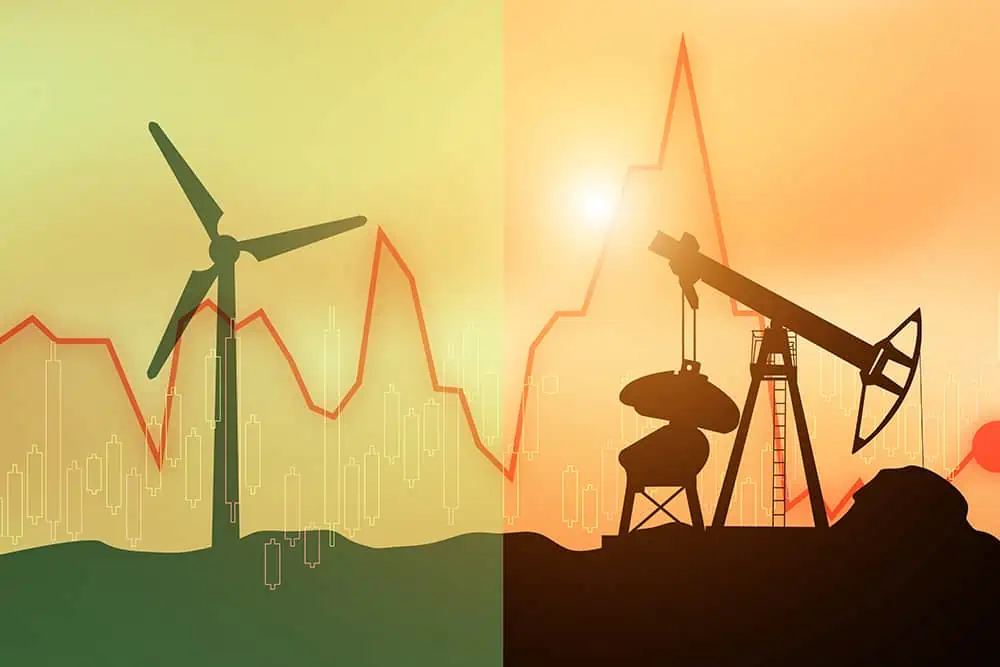Art Berman Newsletter: May 2021 (2021-4)

Net Zero, Gross Delusion
World government and business leaders sound committed to meaningful reduction of carbon emissions.
The eight largest publicly traded oil and gas companies have announced plans for net-zero carbon emissions over the next few decades. The U.S. president recently proposed a program to cut greenhouse gas emissions by at least 50% by 2030. The United Kingdom and Canada plan to discontinue cars with internal combustion engines in the next 20 years. I could go on.
This is delusional.
The world economy is about 79% dependent on fossil energy. Substitution with non-fossil energy cannot happen fast enough to both reduce emissions and sustain present levels of economic activity and growth. Fossil fuels cannot be abandoned because production of non-fossil energy requires substantial carbon use.
Electric vehicles, solar panels and wind turbines are not produced with solar and wind energy. They are made of metal and minerals that require fossil energy for mining, transport, manufacturing and distribution. Diesel is the principal fuel for mining and for shipping raw materials to manufacturing plants.
It is also the main fuel for shipping finished products across oceans to consuming markets. Once EVs, solar panels and wind turbines arrive in port cities, they are carried by trains and trucks that run on diesel to end consumers.
The extractive metallurgy to produce steel and the other metals and minerals for EVs and renewable energy requires extreme heat. Iron ore must be heated to about 2300° F (1250° C) to make steel. This cannot be done commercially with electric power nor is there any room for power fluctuations or outages because of renewable intermittency.
In fact, almost 8% of global greenhouse gas emissions in 2020 were from smelting of iron, steel and non-ferrous metals. That’s half of the emissions from transportation. It is difficult to imagine how emissions from producing metals will decrease in a world with more EVs, solar panels and wind turbines.
Then, there’s the problem of equipment change. There are approximately 1.6 billion cars and trucks in the world. Less than 1% of those—8.5 million—are electric. In our drive to net zero, what happens to all of those vehicles that run on gasoline or diesel?
For those who think that transport is the main use of internal combustion engines, think again. Of the 165 million internal combustion engines manufactured in 2020, less than half (78 million) were for automotive use. Agriculture, manufacturing, power generation, forestry and construction accounted for the other 53%.
For all of the net-zero emphasis on EVs, the transportation sector accounted for only 16% of global greenhouse gas emissions in 2020 (Figure 1). The industrial sector was the greatest source at 29% followed closely by agricultural at 28% and residential-commercial at 18%.

Energy is a system. A path to lower global emissions cannot be found by attacking one of two components without considering the state and inter-relationships of those to other parts of the system.
Energy consumption is unquestionably the largest source of greenhouse gas emissions and fossil fuels are the source of 79% of the world’s energy. It is, therefore, reasonable to assume that fossil energy is the biggest emission problem. It is, however, unreasonable to assume that this problem can be solved by substituting different energy types for fossil energy.
The industrial, agricultural and residential-commercial sectors account for 75% of greenhouse emissions because they use more fossil energy than the transport sector. It makes little sense to attack transportation and ignore sectors that are responsible for greater emissions. It makes even less sense to advocate ending fossil energy use when society’s survival depends on food, industry, business and shelter—not at least without a plan to replace it.
Even if renewable energy did not require the fossil energy inputs described above, it is only 4% of the world’s present energy mix (Figure 2). All non-fossil sources including renewable energy, hydropower, nuclear and biomass are only 21% of energy supply. The most aggressive and optimistic plan to increase their contribution could not substitute for our fossil energy needs in less than several decades if ever.
All of the information that I have summarized leads to only one conclusion: lower total energy consumption is the only path to lower carbon emissions. Substitutions will be more successful in some sectors than in others but will be rounding errors compared with the gains from simply using less energy.

Lower energy consumption will lead to lower or negative economic growth.
The economists will tell you we can decouple growth from material consumption, but that is total nonsense.
Vaclav Smil
Figure 2 also shows that energy use and population will almost certainly move in the same direction. Smil suggests that the world must lower its consumption to the level of the 1960s in order to bring emissions into acceptable ranges.
He may be right but I see no possibility that the world will choose that path. The net zero proclamations by world governments and corporations will falter when it becomes clear that meaningful carbon reductions will unavoidably result in the end of economic growth.
I don’t know if our leaders are incapable of understanding or simply unwilling to publicly state the obvious: significant decarbonization without radical changes in global living standards and population is delusional.
Like Art's Work?
Share this Post:
Read More Posts
i have followed you for a long time now and think your work is terrific – so thanks for that. also i am all for you providing crucial information for free to try to educate people and change the discourse on climate change. but as for this months newsletter it seems to me that i paid $250 for one chart and a few paragraphs.
i assume this will not be the usual practice going forward. thanks again for your work and please keep up the political comments on twitter!